Introduction to Sedum and Brown Foliage
Welcome to the diverse and hardy world of Sedum plants, an intriguing genus that beckons gardeners with its captivating array of colors, shapes, and textures. But even the most vibrant of gardens can face mysterious turnabouts. Have you ever strolled through your garden oasis and spotted a Sedum, usually known for its sturdy and lush foliage, now displaying hints of brown? If this question throws you into a tizzy, worry not. You’re about to dive into the whys of this color shift, and trust me, it’s as riveting as a detective novel!
In a world where plant vigor is a tell-tale sign of their well-being, browning foliage can be quite the alarm bell. Our leafy friends don’t have the liberty to vocalize their distress, so they communicate through subtle signs and symptoms. A Sedum turning brown is no exception and is, in fact, a cryptic narrative of the plant’s current state of health or its environmental woes.
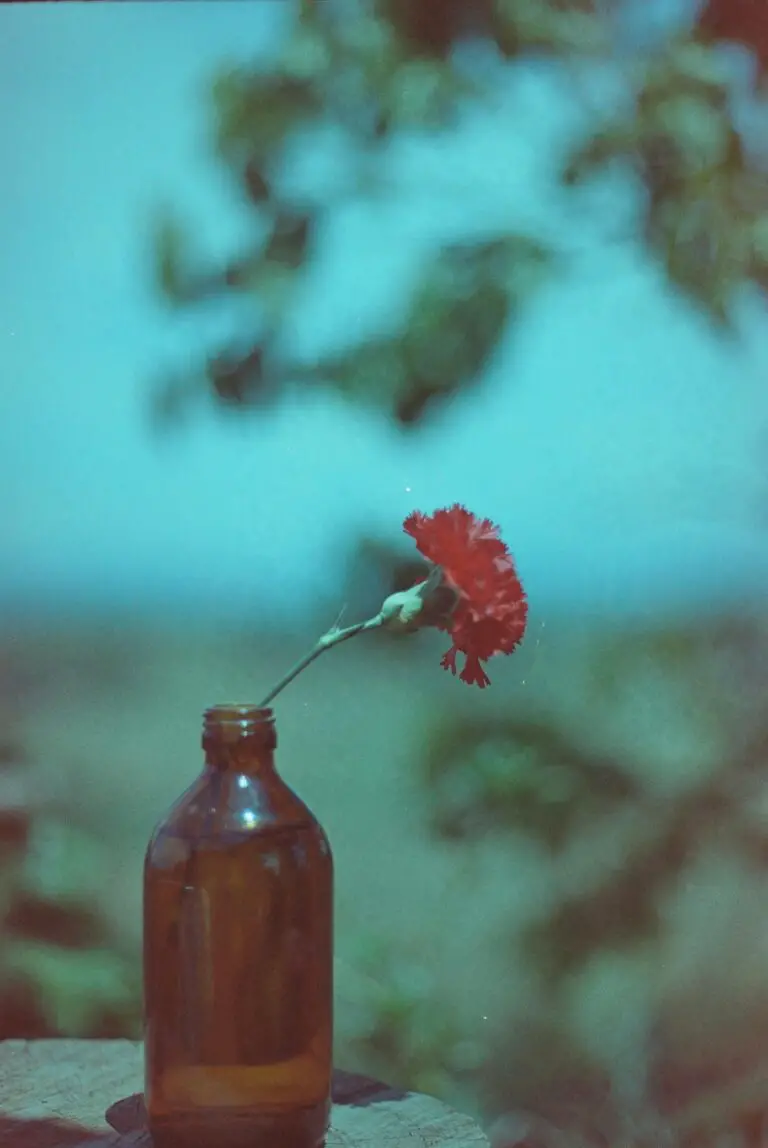
An illustrative example could be a Sedum exposed to the scorching sun without reprieve. Imagine a sunbather who forgot his sunscreen—ouch! Similarly, a plant can get sunburned, which might result in brown or scorched leaves. Alternatively, if you’ve been overenthusiastic with the watering can, or it’s been more like monsoon season in your backyard, your Sedum might be signalling a SOS due to root rot with those brown tips. Yes, plants can drown too!
Understanding these indicators and what they can mean is not just about decoding a brown leaf here or a withered stem there. It’s about preempting a larger issue and ensuring your Sedum stays as perky as a daisy, or well, a Sedum! So, let’s continue to unravel the mystery behind the color change and keep our garden narrative a green and thriving tale.
Common Causes for Sedum Browning
Seeing your sedum’s once vibrant leaves turn a sorrowful shade of brown can be quite distressing. However, understanding the culprits behind this foliage faux pas can help you take steps to restore your plant’s health. Let’s delve into the common reasons for this disheartening discoloration.
Too Much Water Can Drown the Roots
Overwatering is a common mistake for sedum caretakers. These plants crave less water than your average garden occupant, storing moisture in their plump leaves. Drenched roots can lead to root rot, where the only cocktail served is a deadly mix of moisture and lack of oxygen, turning the plant’s roots—and subsequently its leaves—brown. Remember, with sedum, when in doubt, it’s often better to hold off on the watering can.
The Thirsty Plant’s Plight
Conversely, underwatering can leave your sedum gasping for hydration. When these drought-tolerant plants are denied their sips of water for too long, their leaves may start to brown as a cry for help. Troubleshoot by establishing a more regular watering schedule that quenches your sedum’s thirst just right.
Lack of Nutrients: Starvation Mode
Think of nutrients as the sedum’s preferred multivitamin. A deficiency can lead to a somber display of brown leaves, signifying a plant in starvation mode. Testing your soil and introducing a balanced diet of nutrients can make all the difference, turning a nutrient-parched wasteland into a haven of verdant health.
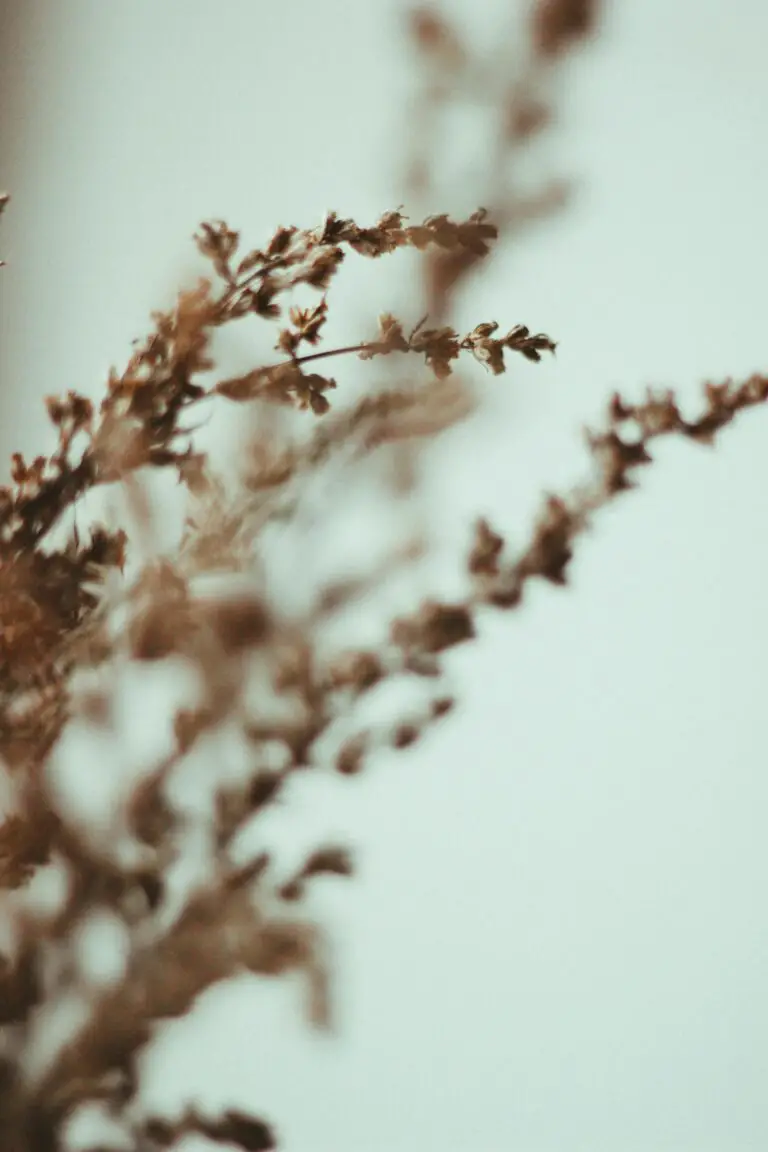
Environmental Stress: When the Going Gets Tough
Your sedum plant is hardy, but it’s not invincible. Extreme temperature fluctuations, too much direct sunlight, or the chill of frost can each act like an unwelcome stress test. These conditions can cause your normally resilient sedum to show brown patches as a stress response.
The Unseen Enemies: Pests and Diseases
Just like a scene from a microscopic horror movie, pests and diseases can invade and wreak havoc on your sedum. These unwanted invaders can cause brown spots and may sometimes be visible upon close inspection. Getting ahead of these critters with organic pesticides or neem oil can often alleviate the situation before drastic browning occurs.
For a broader spectrum of plant care tips that keep your sedum’s leaves green and healthy, consider factors like proper soil composition and regular wellness checks. It’s essential to strike a balance in care to prevent your green gem from turning a lackluster brown.
Assessing Your Sedum’s Environment
For anyone scratching their head over “why does sedum turn brown?”, let’s roll up our sleeves and dig into the environment your sedum calls home. Much like a detective examines a crime scene, we’ll analyze the conditions surrounding your plant, because, in the world of gardening, the scene of the ‘crime’ often holds the clues to your plant’s distress.
First on the list: sunlight. Sedum, those sun-worshipping succulents, bask gloriously in the light. However, even too much of a good thing can lead to problems. Are your sedum getting more UV rays than a beachgoer in mid-July? Or perhaps they’re so shade-covered that they might as well be hunting for glow-in-the-dark mushrooms. Finding that Goldilocks zone of just-right sunlight is key to keeping the foliage from turning to a sad, crispy brown. Remember, sunburn in plants is a real thing!
Next, let’s get down and dirty with soil type. Sedum plants are the opposite of picky eaters when it comes to soil – they thrive in a potluck of well-draining types. If your sedum’s soil is denser than a cheesecake, it’s a red flag. These succulent sensations need soil that’s more like a crumbly, airy pound cake to prevent waterlogging their roots. If you think your soil might be holding more water than a camel on a cross-desert trek, it’s time for an intervention.
Speaking of water – it’s a balancing act. With sedum, you’re aiming for the hydration sweet spot. Picture water levels like a sedum’s personal stock market: the goal is steady growth, not dramatic highs and lows. Too little moisture, and they’ll wilt like a forgotten birthday. Too much, and you’ll be hosting an unwanted fungal party. Consistency is the secret sauce. Just picture Goldilocks returning – this time for a drink of water that’s just right. Don’t overwater, but don’t leave them hanging dry either.
Lastly, let’s consider the regional climate. Sedum might be tough as nails – the kind plumbers carry, not the manicure type – but extreme conditions can have them brown faster than a marshmallow at a bonfire. Whether you’re dealing with sweltering heatwaves or a frosty winter wonderland, it’s crucial to understand your region’s particular quirks. It affects everything from watering schedules to whether your sedum need a sunscreen or a winter coat.
So there you have it, fellow sedum sleuths: an environmental assessment to determine why your sedums might be taking on that brownish tinge. For a deeper dive into sedum care, make sure to check out our handy guide on thriving growth conditions. Keep your gardening gloves ready, and here’s to keeping your sedum green, serene, and far from brown!
Overwatering: A Primary Culprit
Let’s dive into the soggy world of overwatering and its dire effects on the high-spirited Sedum plants. Picture this: a luscious sedum flaunting vibrant greens and passionate pinks, now helplessly surrendering its sparkle to a murky shade of brown. This isn’t the latest gardening trend; it’s a cry for help. Overwatering is like throwing a splashy pool party for your Sedum, but forgetting it can’t swim. Before you realize it, the poor thing’s got root rot, and its foliage is turning as brown as a football.
Now, how does overwatering cast this browning curse on our succulent friends? It’s simple yet sinister—too much H2O clogs the soil, squeezing out precious air pockets and creating an all-you-can-eat buffet for fungi that attack the roots. Goodbye healthy plant, hello brown town. To get these Sedum party-goers back on track, we need watering wisdom that’s less monsoon and more misty mornings. Aim for ‘Goldilocks watering’—not too little, not too much, just right. By ditching the overzealous watering can and embracing a more laissez-faire approach, you’ll be gifting your Sedum the balance it craves.
And for those visual learners out there, we’ve got you covered! Watch this enlightening video on “How To Water Succulents (Tips to Keep Them Alive)”, packed with tips and tricks to ensure your Sedum stays hydrated without the dreaded drown.
What’s the best way to avoid turning your sedum into a botanical brownie? Stick a finger in the soil! If it feels like your morning oatmeal, it’s too wet. Wait for the soil to dry out, like that tongue-wagging afternoon at the beach, before you reach for the watering can. And if you’d like a little more guidance on maintaining the perfect sedum sanctuary, check out this article on Cultivating Your Succulent Garden for some green-thumbed insights.
Remember, these resilient beauties are built to withstand the challenges of nature’s mood swings, from scorching suns to chilly breezes. But when it comes to overwatering, it seems their Achilles’ heel has been exposed. It’s up to us, the conscientious caretakers, to shield these stoic Sedums from a watery demise. So hold off on the hose, regulate the rainwaters, and you’ll have a sedum that stays firm in its green glory, basking in the admiration of gardeners and hummingbirds alike.
Preventing and Treating Pests and Diseases
Imagine stepping into your garden, a steaming cup of coffee in hand, only to find your once-vibrant sedum has taken a turn for the worse, featuring unsightly brown patches. It’s a real buzzkill, right? But don’t fret! Sedum plants, with their succulent leaves and star-shaped blooms, can unfortunately become the playground for a variety of pests and diseases. The key to maintaining their lush, green vitality is all about defense and timely intervention.
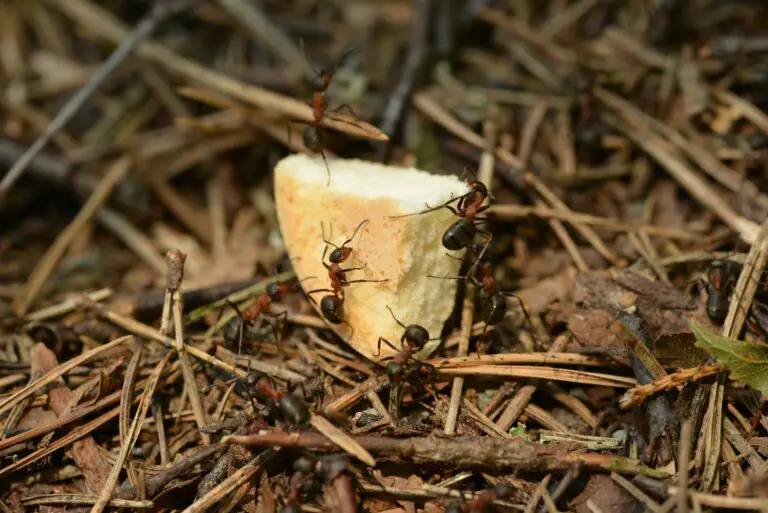
One minute they’re thriving; the next, they’re being invaded by tiny aphids and scale insects having a feast on their sap. These minuscule marauders are not only a nuisance but can also introduce harmful viruses. To shield your sedum, consider introducing natural predators like ladybugs and lacewings into your garden ecosystem. These allies are not only charming to watch but also hungry for your leafy foes.
Spotting the Enemies: Common Culprits Behind the Brown Transformation
Lurking in the shadows, expert camouflages like the mealybug can transform your sedum’s robust pink into a lifeless brown. If you find a white, cottony substance on the leaves, you’ve got yourself a mealybug mystery on your hands. Gently dabbing these pests with a Q-tip soaked in alcohol can help you solve the case and restore your sedum’s good looks.
Spider mites, though nearly invisible, can spin your sedum’s health into a web of decay. A magnifying glass might reveal their tiny webs on the undersides of the leaves. Hit them with a blast of water or release predatory mites to chase these interlopers away before they can take a whole section of your garden on a browning journey.
Defending the Foliage: Prevention Is the Best Medicine
To protect your sedum from these banes, hygiene is crucial. Regularly check your plants, especially new additions, before introducing them to your garden. Quarantine new plants for a week or two; it’s like giving them a wellness check. Ensure your sedum is in well-draining soil to prevent root rot—drenched roots are a distress signal you don’t want to ignore!
The old saying “an ounce of prevention is worth a pound of cure” rings true for sedum care, too. A balanced feeding regimen will fortify your plants against disease. If you’re more of an organic aficionado, compost and organic fertilizers will not only nourish your sedum but also boost its immune system.
The Rescue Mission: Treating the Sick
Suppose the brown invasion has already begun; it’s time for a rescue mission. Remove any infected leaves with surgical precision to prevent the spread of disease. For stubborn infections, specific fungicides and insecticidal soaps can be efficient allies, especially if used early on. Remember, the quicker you act, the better the chances of your sedum making a full recovery.
A booming sedum is a sight to behold, but pests and diseases can transform them into a brown, drooping disappointment. With these prevention and treatment strategies, you can keep your sedum vibrant and healthy. Arm yourself with knowledge, keep a lookout for early signs, and you’ll be maintaining a verdant haven for these succulent beauties.
Nutrient Deficiencies and Soil Health
When your once lush and vibrant sedum starts showing signs of distress with browning leaves, it might be crying out for help due to a lack in the nutrient department. Just like humans can’t thrive on junk food alone, sedum needs a balanced diet to maintain its health. Let’s dig into the dirt to unearth the root cause of these tawny troubles.
Imagine treating your sedum to a spa day, but instead of face masks and cucumber water, it’s all about soil check-ups and nutrient boosters. The soil acts as a pantry for plants, stockpiled with vital nutrients that they munch on to grow. If the pantry’s running low, your sedum can’t snack on what it needs, leading to a lackluster appearance. Why does sedum turn brown? Often, it’s the silent scream for more nutrition.
Now consider this – a garden is a complex ecosystem, and the sedum is your canary in the coal mine. Signs of deficiencies can be subtle, like yellowing leaves indicating a nitrogen shortage, or dramatic, with stunted growth crying out for phosphorus. Watching for these hints is like being a botanic detective, piecing together clues to revive your garden’s vigor.

But fear not, green-thumbed friends, hope is not lost. You don’t need to be a horticultural wizard to conjure up some soil sorcery. It’s time to roll up your sleeves and work some magic with compost and organic fertilizers. Fortifying your soil is like a buffet for your sedum, offering a feast of nutrients for it to gobble up and bounce back to its former glory.
Remember, the key to a thriving sedum garden is not just watering and sun but also assessing and enriching the soil. Ensuring the ground is teeming with life and nutrients means your sedum won’t be left wanting. So next time you spot a sullen, sepia-toned sedum, think of it as an opportunity to become a garden guru, turning browning leaves into a botanical bounty!
Proper Sunlight for Healthy Sedum
Just like us, Sedum plants crave the sweet kiss of sunlight—but not too much! It’s all about finding that sunny sweet spot. Too little, and they sulk away in the shadows, too much, and they’re reaching for the aloe vera. So let’s dive into the radiant world of Sedum and how to strike the perfect balance with the sun’s rays.
Picture this: a cozy nook in the garden, with dappled sunlight filtering through the leaves of a nearby oak. It’s the Sedum’s happy place, where it basks in bright, indirect light for most of the day. This kind of setup is ideal, as it mirrors their natural habitat—a mix of light and shade that keeps them in vibrant colors and taut, plump leaves. Direct morning light can be pleasant, like a gentle wake-up call, but the harsh afternoon sun is a big no-no. It’s like putting our plump friends in the Sahara—cue the browning!
Sedum lovers, it’s time for some real talk. If your darling greens are showing a tinge of brown, cast a critical eye on their sunbathing habits. Are they lounging in the sun like tourists at a beach resort? Perhaps shield them with some shade cloth or relocate them to a spot with more forgiving light. On the flip side, are they lurking in the shadows like moody teenagers? Give them a gentle nudge closer to the light, where they can soak up a bit of brightness without overdoing it. Remember—the goal is that coveted golden glow, not a sunburn or a hermit’s pallor.
And so, attentive gardener, adjust your Sedum’s suntan routine thoughtfully. Observe their foliage’s feedback, whisper encouraging words, and find that spot where the light is just right. It’s not about following strict rules—it’s about understanding your Sedum’s needs and nurturing a relationship with the sun that’s as rewarding as a day at the beach—without the risk of turning into a crispy brown leaf!
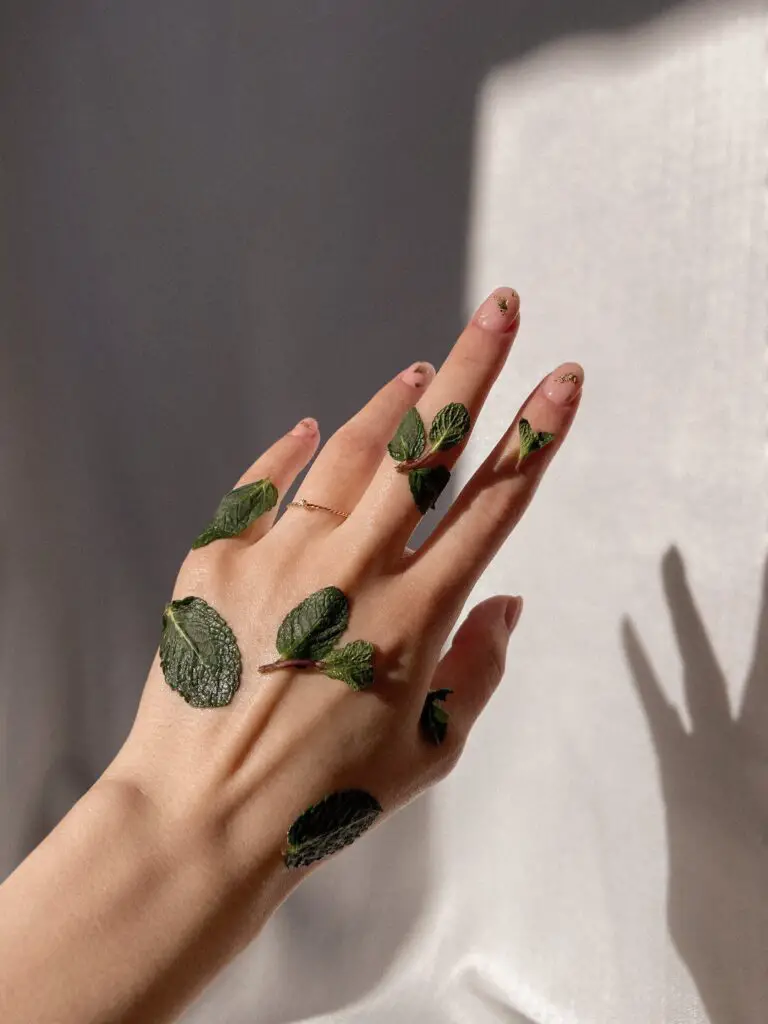
Don’t forget to keep an eye on the seasons too! As the earth waltzes around the sun, the light in your garden will play a shifting dance. Rotate your potted Sedum pals or rethink your garden’s layout with the changing seasons to maintain that happy medium. After all, everyone needs a change of scenery now and then, even our Sedum friends!
Adjusting Light Conditions for Sedum Success
Let’s get practical! To dial in the optimal light for your Sedum: consider using taller plants or structures for shade, employ reflective mulches to brighten up dim areas, or strategically place Sedum in spots that get morning sun but are shielded in the afternoon. Be ready to play musical chairs with your plants by keeping pots mobile or having an assortment of garden beds that catch different angles of light. It’s a bit like being a DJ at a sun rave—you control the light to keep your Sedum grooving in good health.
Consider, too, the type of Sedum you’re cultivating. Those species native to shady mountainsides will diverge in preference from their sun-worshipping cousins that inhabit rocky outcrops. Pay homage to their origins; divine their solar preferences, and you’ll soon have them living their best lives. With the right amount of sun, it’s amazing how quickly a browned, sad-looking Sedum can return to its lush, green splendor.
By now, you should feel like a sun maestro for your Sedum, ready to orchestrate the perfect symphony of light for a thriving, verdant display. With just the right balance, you’ll prevent the dreaded browning and instead enjoy a luscious, leafy masterpiece that’s the envy of the neighborhood. Set the stage, embrace the light, and watch your Sedum shine!
Reviving Your Brown Sedum
Noticing your sedum’s lush green turning to a dreary brown can leave any plant enthusiast with furrowed brows. But fear not, for reviving these resilient succulents can be quite straightforward. Let’s dig into the process step by step, so you can nurse your brown sedum back to its former verdant glory.
First off, let’s talk pruning. Brown leaves on a sedum are not just unattractive, they’re often a cry for help. Pruning is essential—not only for aesthetics but for the health of your plant. Snip off those brown leaves and stems with clean, sharp scissors or pruning shears. This isn’t just about making your sedum presentable; it redirects energy to the healthier parts of the plant, encouraging new growth.
After you’ve tidied up your sedum, it’s time to zero in on recovery care. Consider the environment your sedum is in. These succulents love the sun, but too much direct sunlight can lead to sunburn, contributing to the browning of leaves. If your sedum is basking a bit too much, find a spot with bright, indirect light. And while we’re on the subject of location, ensure that the pot has proper drainage to prevent soggy soil—another common culprit behind the brown leaves.
Speaking of soil, does yours make the cut? Sedums thrive in well-draining, gritty soil that mimics their natural rocky habitats. If your soil retains too much moisture, it’s time for a change. Mix in some sand or perlite to improve drainage and give your sedum’s roots the breathing room they need.
Watering habits might need a little tweaking as well. Overwatered sedum will protest with browning, mushy leaves. Remember, these drought-tolerant plants prefer to dry out completely between waterings. Feel the soil first—if it’s damp, skip the watering can and check back in a few days.
Now, let’s put this advice into perspective. Imagine that your sedum plant is like an athlete in training—the balance between exercise and rest is vital. Similarly, balance in sunlight, water, and soil conditions is key for your sedum to flourish. It’s the Goldilocks principle: everything needs to be just right.
Finally, to put things into motion, let’s take a look at an insightful video that can shed some light on our topic. This video will offer a visual guide and reiterate the care tips we’ve discussed, helping to cement your confidence in reviving your beloved sedum.
Take these tips to heart, and with a little patience, you’ll have that sedum rejuvenated, showing off its natural palette of greens, and throwing that dreary brown to the wind. After all, a thriving sedum is not just a plant—it’s a testament to your care and dedication as a gardener.
Winter Care for Sedum
As the temperature dips and the days shorten, your sedum — that resilient, rubbery green stalwart of the garden — faces a new set of challenges. While this hardy perennial is celebrated for its ease of care and vibrant coloration, its tenacity is tested when Jack Frost comes knocking. Let’s dig into the essentials of winterizing your beloved sedum and averting the dreaded browning that can leave your garden looking less than cheerful.
Firstly, it’s important to understand that while your sedum plants are tough, they’re not impervious to extreme cold. Without proper preparation, the biting chill of winter can lead to desiccation and cellular damage, resulting in brown, limp leaves come spring. So, envision a cozy blanket, but for your plants! Mulching the base with straw, leaves, or even a burlap wrap will create an insulating layer to buffer against harsh temperatures and icy winds.
Picture the sedum as little green troopers in your garden battalion. Just like any good defense strategy, you’ve got to give them the best possible start. Prior to the first hard freeze, ensure they’re well-watered to promote strong root systems, though be wary of waterlogging. Properly hydrated soil can be a solid ally, reducing freeze-thaw cycles that lead to soil heaving and root damage. It’s a fine balance, though — too much moisture and your sedum may succumb to rot.
Now, imagine you’re tending to a garden in a snow-globe village. You’d be meticulous, right? Apply that same care when it comes to cutting back your sedum. While it’s a common practice to trim them down in preparation for winter, doing so also removes potential insulation provided by the dried foliage. Consider leaving a few soldiers standing to capture snow — nature’s own thermal cover — adding another layer of protection.
Don’t forget to keep an eye out for pesty interlopers, too. Even during the chillier months, critters may decide to make a meal of your sedum, leading to further stress and browning. A routine checkup and gentle shooing away of unwanted diners can go a long way in preserving your plants’ verdant vigor.
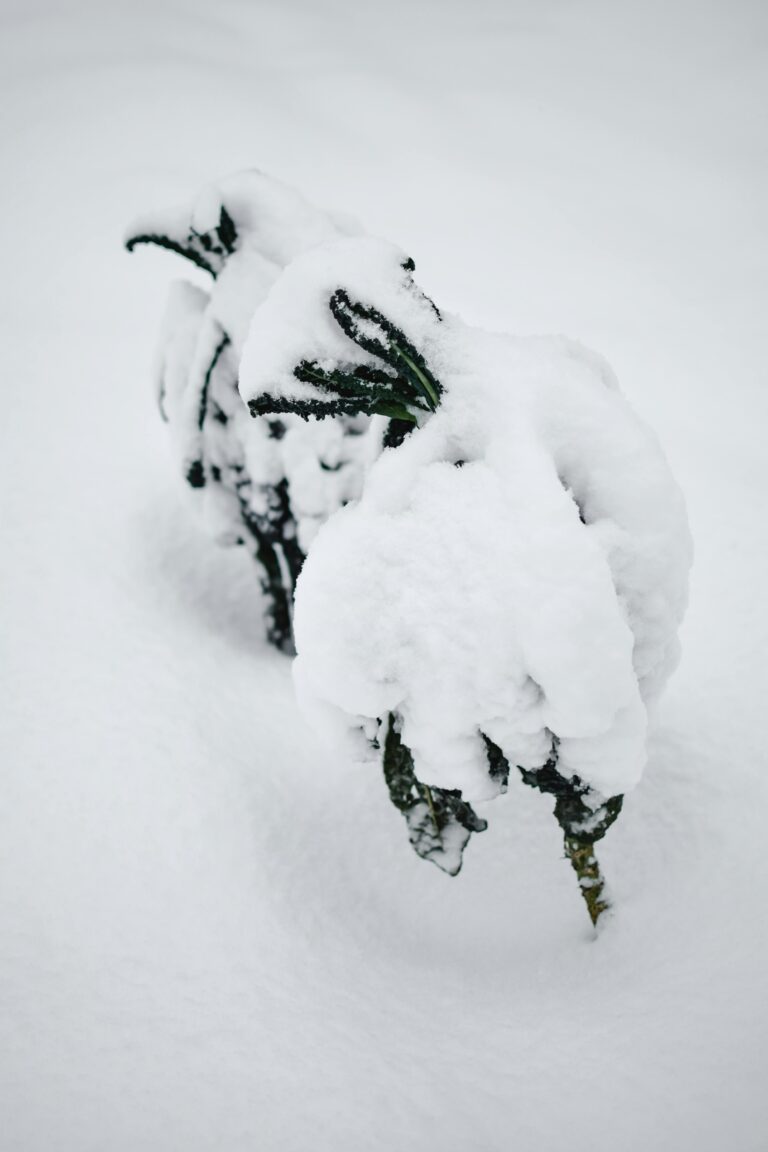
As you wage the war against the cold, remember that each sedum may have slightly different needs based on its variety and your specific climate. Whether you’re nestled in a snowy enclave or enduring a damp and dreary winter, customized care is key. Listen to what your garden tells you, and your sedum will repay you with resilience and beauty, year after freezing year.
FAQs: Addressing Common Concerns
Ever noticed your green sedum taking on a mysterious shade of brown and wondered, “Why does sedum turn brown?” You’re not alone! This is a question many gardeners grapple with as they seek to cultivate perfect, healthy succulents. So, pull up a gardening stool, and let’s dig into some of the most common FAQs that might just root out the problem.
Is It Normal for Sedum to Turn Brown?
First things first—is a color shift to brown a natural part of a sedum’s lifecycle? Well, it can be. Sedum plants, like all living things, go through seasons of growth and change. A slight change in foliage color during temperature swings or seasonal transitions is normal. However, if you notice large patches of brown or a rapid change in color, it may be a cry for help from your normally hardy friend.
Could Too Much Sun Be the Culprit?
Sedums love the sun, but like us after a long day at the beach, too much can lead to a bad burn. If your sedum’s usual spot is under the full glare of the sun’s rays all day long and you’re witnessing a tan turning to a toast, consider giving it some shade during the peak hours or introducing a sun filter to soften the blow.
Is Overwatering Turning My Sedum Brown?
Too much love in the form of water can be just as harmful as neglect. Sedums have succulent leaves that store water, making them drought-resistant. If your watering can is a little too enthusiastic, you might be drowning your plants’ roots and causing root rot. The first sign before the browning wave hits? Yellowing leaves. Remember, when in doubt, let the soil dry out!
Could It Be Pest-Related Problems?
Sometimes, it’s not what you’re doing but what’s taking a bite out of your sedum. Aphids and mealybugs consider your sedum a five-star feast. They suck the sap and life out of the leaves, leading to browning. Keep a keen eye out for these tiny critters and be ready to deploy organic pesticides to save your green oasis.
Is My Sedum Suffering from Nutrient Deficiency?
Imagine trying to thrive on a diet of just crackers—your sedum feels the same way with poor soil. Lack of nutrients can lead your sedum to lose its vibrant color. A balanced, slow-release fertilizer can be the multivitamin your sedum needs to bring back its lush, green hue.
Now that we’ve addressed some burning questions let’s watch a video that sheds more light on the subject. It may provide that “aha!” moment you need to turn your brown sedum back to green.
Could Improper Soil Type be Turning My Sedum Brown?
Your flourishing garden is as much about the plant as the ground it’s rooted in. Sedum thrives in well-drained soil; too heavy or clayey, and you might as well be growing your plants in wet cement. Assess your soil type and consider amending it with sand or perlite to ensure your sedum doesn’t suffer a muddy demise.
Browning sedum is not necessarily the end of your gardening story. Just a few tweaks to their care may be all it takes to revive these resilient plants. Now with a few troubleshooting tips under your belt, you can confidently answer the question: why does sedum turn brown? Remember, the key to vibrant sedum is not found in any single answer, but in understanding the various scripts nature writes for your garden’s green cast.

